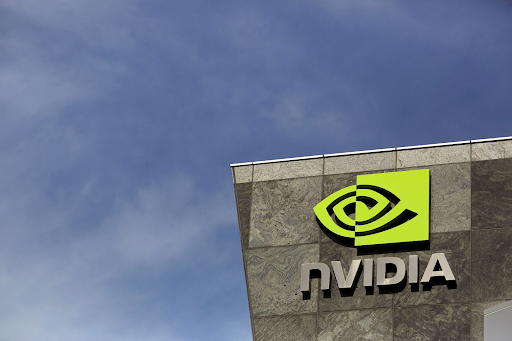Nvidia’s landmark $100 billion deal with OpenAI is defined by a critical clause: the chipmaker will receive equity in the AI company. This transforms the relationship from a simple, albeit massive, customer-supplier arrangement into a deeply vested partnership. For Nvidia, this was not just about selling hardware; it was about owning a piece of the future its hardware creates.
By taking an equity stake, Nvidia ensures it captures the upside of OpenAI’s potential breakthroughs. If OpenAI successfully develops “super-intelligence” or other transformative technologies using Nvidia’s infrastructure, Nvidia will benefit not only from the hardware sales but also from the meteoric rise in OpenAI’s valuation. It’s a strategic move to secure a return on investment far beyond standard profit margins.
This structure also aligns the long-term goals of both companies. As a part-owner, Nvidia is incentivized to provide OpenAI with its best technology, support, and pricing. It fosters a more collaborative environment where technical teams can work closely on co-optimizing software and hardware for peak performance, as their ultimate financial success is intertwined.
Furthermore, the equity component de-risks the colossal financial commitment for Nvidia. A $100 billion outlay is substantial even for a company of Nvidia’s size. Owning a piece of OpenAI acts as a hedge, providing a direct share in the value being generated by the infrastructure it is funding.
This move sets a new precedent for strategic partnerships in the tech industry. It suggests that for truly transformative, capital-intensive projects, the traditional vendor model is insufficient. The future, as envisioned by this deal, is one of co-ownership and shared destiny, where the builders of the tools become partners in the final creation.

